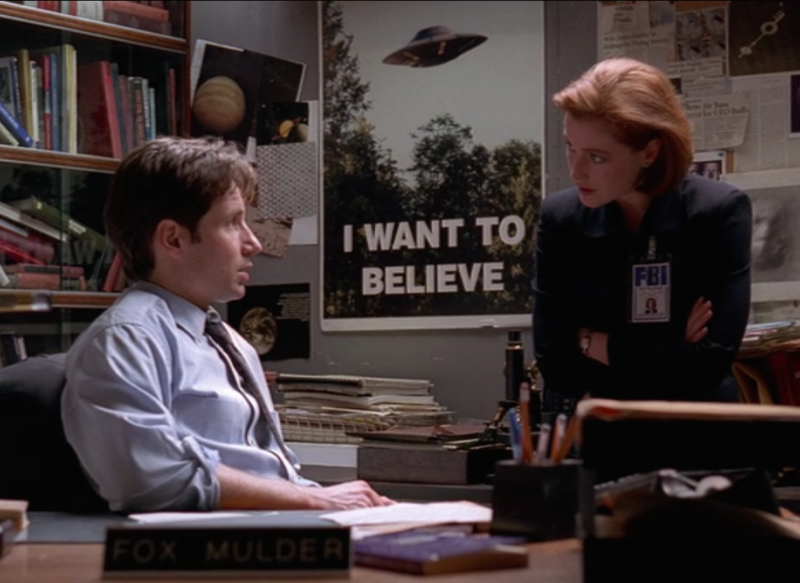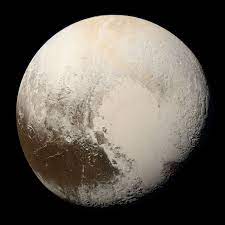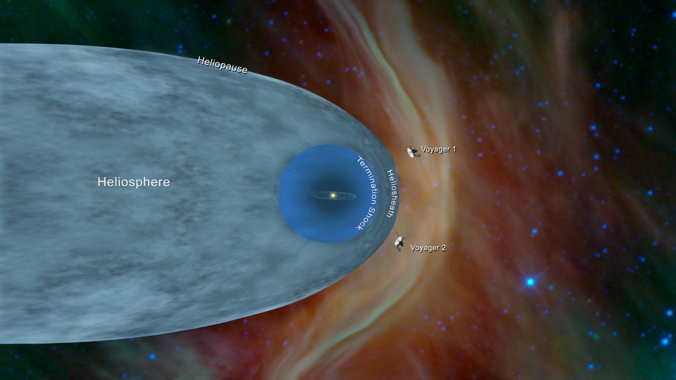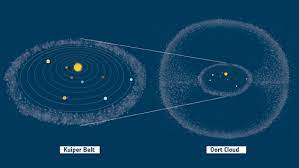
Artist’s conception of Ganymede and Jupiter. Image by NASA
Although by visible light and upon first glance Ganymede might seem like an unassuming satellite, further inspection and deeper exploration demonstrates that this view is both tired and untrue.
Simply by size alone, Ganymede is a headliner. As the largest moon in our solar system, it exceeds in size Earth’s moon (obviously), but it’s also larger than both Pluto and Mercury–bodies which either have been, or are currently classified as planets. Though Ganymede doesn’t meet the three criteria to be classified as a planet (thanks, Jupiter), the size of this satellite is quite remarkable.
Beyond the matter of size, Ganymede is an anomaly within our system, in that it is the only moon known to have a magnetic field of its own.

Hubble image of Ganymede, with its auroral belts colorized in blue. Image by NASA/ESA
As demonstrated in the image above, the Hubble Space Telescope captured auroral belts on Ganymede, and what’s more, it noted that the aurorae are “rocking” back and forth to a degree that supports the conclusion that a massive salt-water ocean lies beneath the surface of the moon. This ocean, which is estimated to be ten times deeper than Earth’s oceans and contain more water than the entire surface of the Earth, was an exciting discovery in the search for life-sustaining worlds and life beyond Earth. According to NASA, a previously created model supports the idea that it would be possible for primitive life to develop in this ocean.












